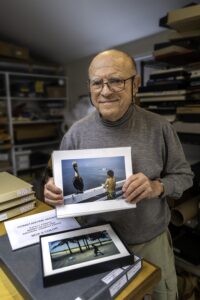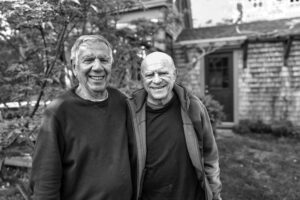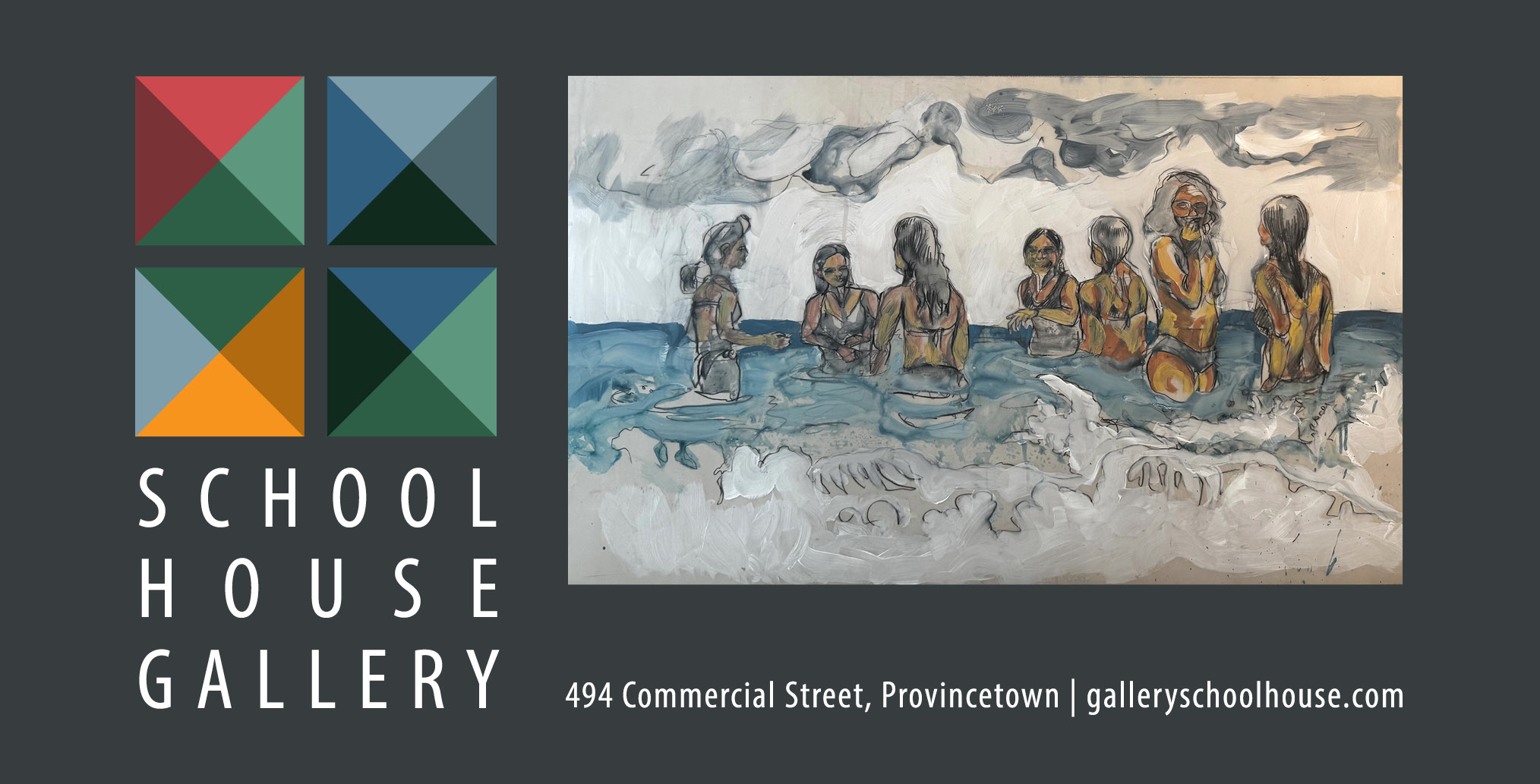After an extraordinary seven-decade career as a documentary photographer, most of it spent as a partner in Magnum Photos, the international photography collective cofounded by Henri Cartier-Bresson, Constantine Manos died at his home in Provincetown on Jan. 3, 2025 after a long struggle with Alzheimer’s disease. He was 90.

He was known by friends and colleagues as Costa. In May 2022, he was awarded the insignia of the Knight of the Silver Cross of the Order of the Phoenix, Greece’s highest civilian honor, by the nation’s president, Katerina Sakellaropoulou, at the bicentennial of the Greek Revolution. She cited Costa for his “longstanding commitment and support to Hellenic culture, extraordinary achievements in the field of photography, and promotion of the arts and culture.”
The son of Greek immigrants Dimitri and Aphrodite (Vaporiotou) Manos, Constantine was born on Oct. 12, 1934 in Columbia, S.C. His parents had been forced to flee to Greece from their island home in the Sea of Marmara in Turkey during the 1922-23 “population exchange”; they emigrated to South Carolina, where they ran the Washington Street Café, which specialized in soul food and served only Black patrons during the Jim Crow years.
“I joined the school camera club at the age of 13,” Constantine said in a 2014 Burn Magazine interview. “Photography became an instant passion for me, with an emphasis on the darkroom,” which, he added, “imparted a good sense of craftsmanship to all of my photography.” What he meant by craftmanship is suggested in his assertion that “the subject of a picture should be the picture. Not the subject matter.”
During his high school years, he set up a darkroom in his basement, and he played the flute, joining his sister on violin and his brother on piano. His love of classical music led him in the summer of 1952, his high school graduation year, to Tanglewood, where he became the official photographer of the Boston Symphony Orchestra at 19. His first book, Portrait of a Symphony, was published in 1961.
He enrolled at the then-segregated University of South Carolina in 1952, where, after reading a magazine article on Cartier-Bresson, he bought a Leica Rangefinder and Ilford film. That was the same year Cartier-Bresson published The Decisive Moment, a book that inspired Costa’s aesthetic ambitions.
“Ideas are very important and underrated in photography,” he said. “A photograph is an idea.” But, he added, “Too much thinking in a photo isn’t good. You want visual thinking in photos, not word thinking.”
While still a college student, Constantine took a series of photographs documenting the lives of the Gullah Geechee, an African-American community on Daufuskie (“the first key”) Island off the coast of South Carolina; he included some of the images in the anti-segregation editorials he wrote for the school newspaper.
After graduating with a degree in English literature in 1955, Constantine was drafted into the Army, serving two years in Germany as a staff photographer for Stars and Stripes. Upon his discharge, he moved to New York to work as a photographer for Esquire, Life, and Look.

In 1961, he left for Greece on a fellowship and spent three years photographing the people there. In a 2022 interview, he commented on his lack of interest in photographing landscapes. “Shooting people is more beautiful,” he said, “because it is more difficult.” His efforts in Greece led to the publication of A Greek Portfolio (1972), which won awards at Arles and at the Leipzig Book Fair; exhibitions were also held in Paris and Chicago, and in 1999 the book was reissued and celebrated with an exhibition at the Benaki Museum in Athens.
After leaving Greece in 1963, Constantine spent time in Rome, where he met his life partner of 61 years, Michael Prodanou, a Greek-Canadian painter and architect, whom he was finally able to marry in 2011 in Provincetown.
Michael and Constantine returned to Boston. Costa took on assignments from Time-Life Books and a multimedia project called “Where’s Boston,” which inspired him to do a photographic survey of color in the United States after years of photographing in black and white. That project resulted in American Color (1995), which won the Leica Medal of Excellence.
“I hope I can create a book of photographic poems,” he said, “each unique, yet all connected.” A second volume, American Color 2, came out in 2010.
After settling in Provincetown permanently in 2008, Constantine offered workshops for several years at the Fine Arts Work Center, where he also served as a trustee. One of his students was Ron Snider of Eastham, who said this week, “Costa’s love of photography and compassion for others were hallmarks of his artistic style as well as his teaching philosophy. He was an honest yet kind critic who always sought to help his students find what he called the ‘decisive moment’ to release the shutter.”
As the first gay photographer in the Magnum Collective, he documented significant events for the gay community, including the March on Washington for Lesbian, Gay, and Bi Equal Rights and Liberation in 1993, the 25th anniversary of Stonewall in 1994, and the first legal same-sex marriages that took place in Provincetown on May 17, 2004.
In a review of an exhibition of Constantine’s photos held at the Wellfleet Adult Community Center in 2024, Michael Prodanou commented: “Costa always said that the fraction of a second that he captures will never happen again. And that,” he added, “is what photography is all about.”
Scores of those photographic moments are housed in the permanent collections of museums throughout the world: the Metropolitan Museum of Art, New York; Museum of Modern Art, New York; the Museum of Fine Arts, Boston; the Library of Congress; the Art Institute of Chicago; the Bibliothèque Nationale de France; George Eastman House in Rochester, N.Y.; the Museum of Fine Arts, Houston; the Benaki Museum, Athens; and the Provincetown Art Association and Museum, which presented a retrospective exhibition of his work in 2013.
Soon after his youthful island photographs were completed, Constantine put them in a box and took a bus to New York to introduce himself to Magnum Photos. He was received politely but coolly by everyone except the Hungarian-American photographer Cornell Capa, who invited him for a drink.
“We went to a bar,” Constantine recounted in 2014 interview, “(I had never been to a bar in my life), and he sat me on a stool and said, ‘What will you have?’ I said, ‘I’ll have whatever you have,’ and he said, ‘Scotch.’ I’ve been a Scotch drinker ever since.”
Constantine is survived by his husband, Michael Prodanou of Provincetown; his sister, Irene Constantinides of Atlanta, Ga.; his brother, Theofanis Manos of Greenville, S.C.; and three nephews and a niece.



